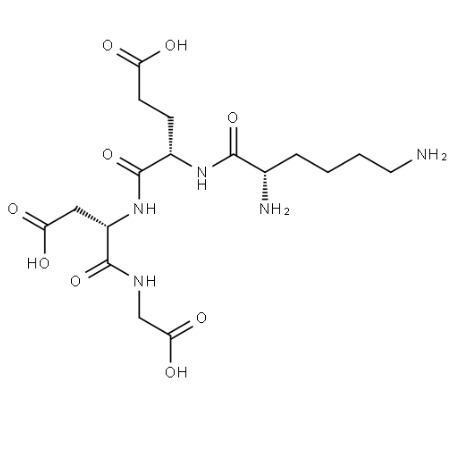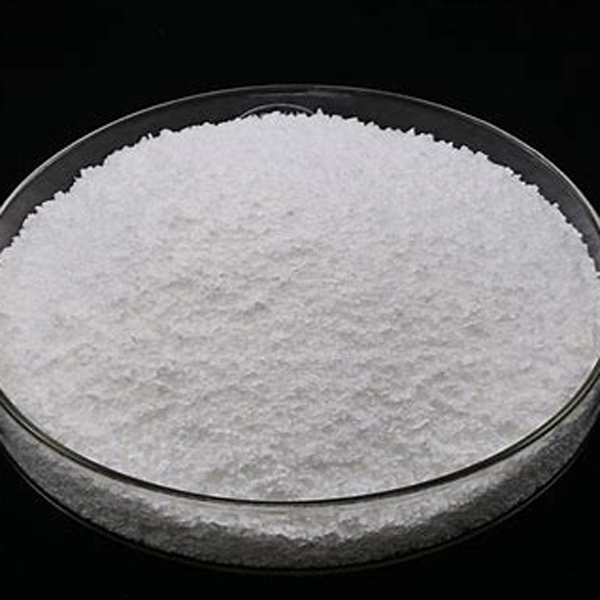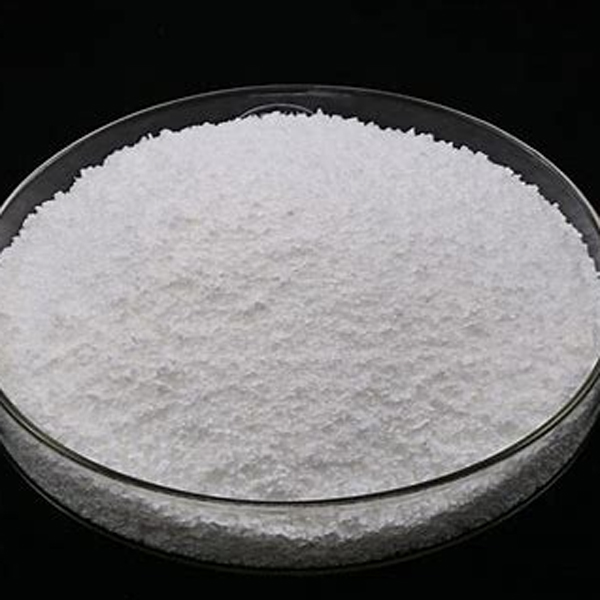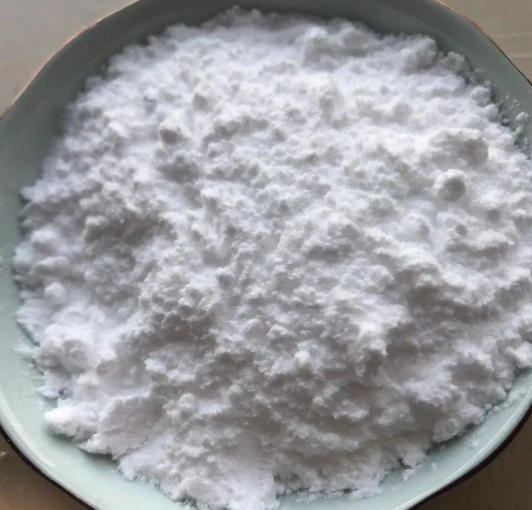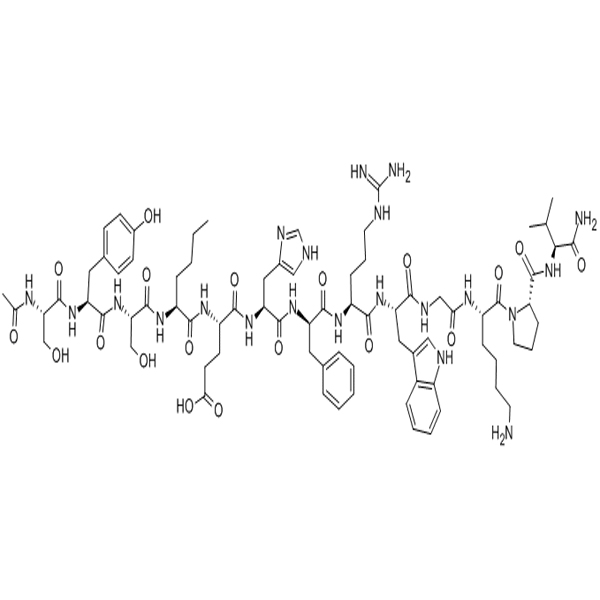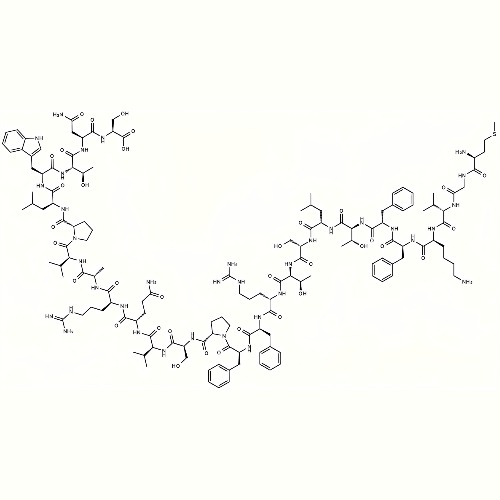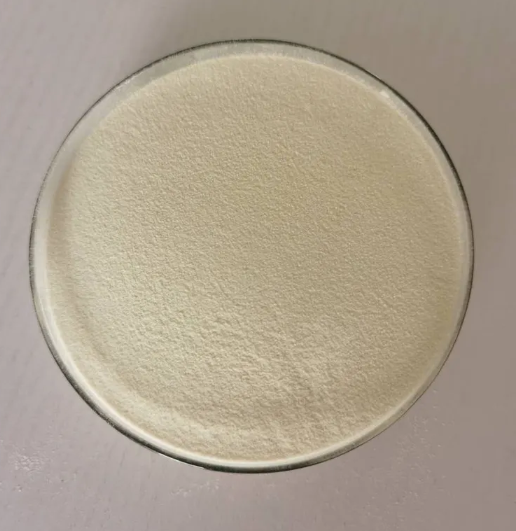Testagen supplier/1026993-38-3/Peptide synthesis
Testagen is a bio-regulatory peptide that can be used to study cellular aging. Testagen has strong potential in the field of tissue repair and regeneration. Theoretically, Testagen may influence tissue repair mechanisms by regulating the activity of growth factors and cytokines involved in tissue regeneration.
Specifications
Apperance: White to off-white powder
Purity(HPLC): ≥98.0%
Single Impurity: ≤2.0%
Acetate Content(HPLC): 5.0%~12.0%
Water Content (Karl Fischer): ≤10.0%
Peptide Content: ≥80.0%
Packing and Shipping: Low temperature, vacuum packing, accurate to mg as required.
FAQ:
What is Net Peptide Content?
It is important to understand the difference between net peptide content and total peptide weight (gross weight). In general, peptide lyophilized powder samples contain not only peptides, but also other substances such as water, solvents absorbed by peptides, counterions, and salts. The total peptide weight (gross weight) refers to the weight of all these mixtures. The net peptide content is relative to the non-peptide substances, balanced ions and water, and after removing these, the remaining is the net peptide content. The net peptide content can be determined by nitrogen analysis or amino acid composition analysis, usually accounting for 50-80% of the total peptide weight. Net peptide content is different from peptide purity, which refers to the percentage of peptide of interest in a sample.
What do I need to look for when designing phosphorylated peptides?
When designing phosphorylation modifications, the phosphorylation modifications should not be more than 10 amino acids away from the N-terminus to avoid a decrease in coupling efficiency.
What are peptides?
Peptides are short chain molecules formed by amino acids linked together by peptide bonds. They typically consist of 2 to 70 amino acids.
How do you dissolve polypeptides?
The solubility of polypeptide depends mainly on its primary and secondary structure, the nature of modification label, solvent type and final concentration. If the peptide is insoluble in water, ultrasound can help dissolve it. For basic peptide, it is recommended to dissolve with 10% acetic acid; For acidic peptides, dissolution with 10%NH4HCO3 is recommended. Organic solvents can also be added to insoluble polypeptides. The peptide is dissolved in the least amount of organic solvent (e.g., DMSO, DMF, isopropyl alcohol, methanol, etc.). It is highly recommended that the peptide be dissolved in the organic solvent first and then slowly added to water or other buffer until the desired concentration.
What do I need to pay attention to when introducing fluorescent modifications into peptides?
It is recommended to add a linker between the peptide molecule and the fluorescent modification, which can reduce the effect of the fluorescent modification on the peptide folding and binding to the receptor. However, if the purpose of the fluorescence modification is to quantify the fluorescence migration between different structures, the introduction of a linker is not recommended.

